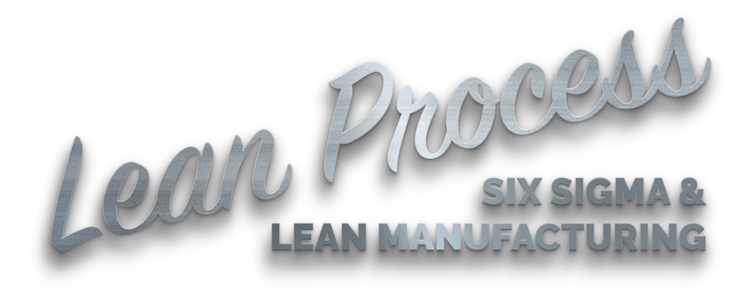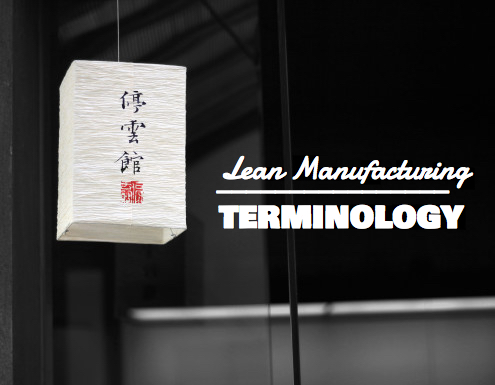What is a Value Stream Map
A value stream map is a tool that is used in lean manufacturing to document and analyse a business. The technique originated at Toyota, where it is called material and information flow mapping. The value stream map represents the business processes from wall to wall. Sometimes this is known as the order to delivery process. This covers everything from receipt of an order from a customer, through procurement and production, to delivery of a finished item. The value stream map (VSM) is used to identify waste at the value stream level, such as excess inventory or transportation.
The value stream map captures the process as a snapshot in time. Obviously as the processes run, the inventory levels will change as transactions occur. However, the value stream map is enough to highlight where the problems are. In order to do this fully though, there are four elements required in the value stream map.
The 4 key elements of a Value Stream Map
Customer
The first thing to draw on the value stream map is the customers. Always start value stream maps at the shipping area and work upstream. As well as drawing the customer symbol on the map, include a data box which shows the customer’s demand. This can then be used to calculate the Takt time. This tells the company how often they need to produce a unit to keep up with customer demand. This becomes important when compared to the cycle times of the processes in the product flow. Straight away, if a cycle time is greater than the Takt time it indicates a bottleneck or constraint process to be dealt with.
Supplier
Next draw on the suppliers. It is not necessary to draw every individual supplier on the map. Sometimes it is more efficient to just include one of each type of supplier. This could be by geographical region (for instance, capture each of an American, European and Asian supplier) to at least cover the major flow paths of inbound material.
Product Flow
The product flow shows how material is moved through the process. How do the purchased components or raw materials transform into a finished good that can be sold to the customer? Each part of the production routing is captured here, whether they are fabrication areas, machining centres, assembly workstations or paint booths. Each process box is accompanied by a data box that details information about that process such as:
- cycle time
- changeover time
- uptime
- # shifts
- # operators
- # available time
Information Flow
The information flow governs the product flow. This documents how the process is controlled. Key areas to consider at this stage are:
- How do we get demand from each customer?
- How do we send schedules to our suppliers?
- How do we plan our production processes?
Further Information
For more information on Value Stream Mapping, check out Learning to See: Value Stream Mapping to Add Value and Eliminate Muda (Lean Enterprise Institute)
by Mike Rother & John Shook.








